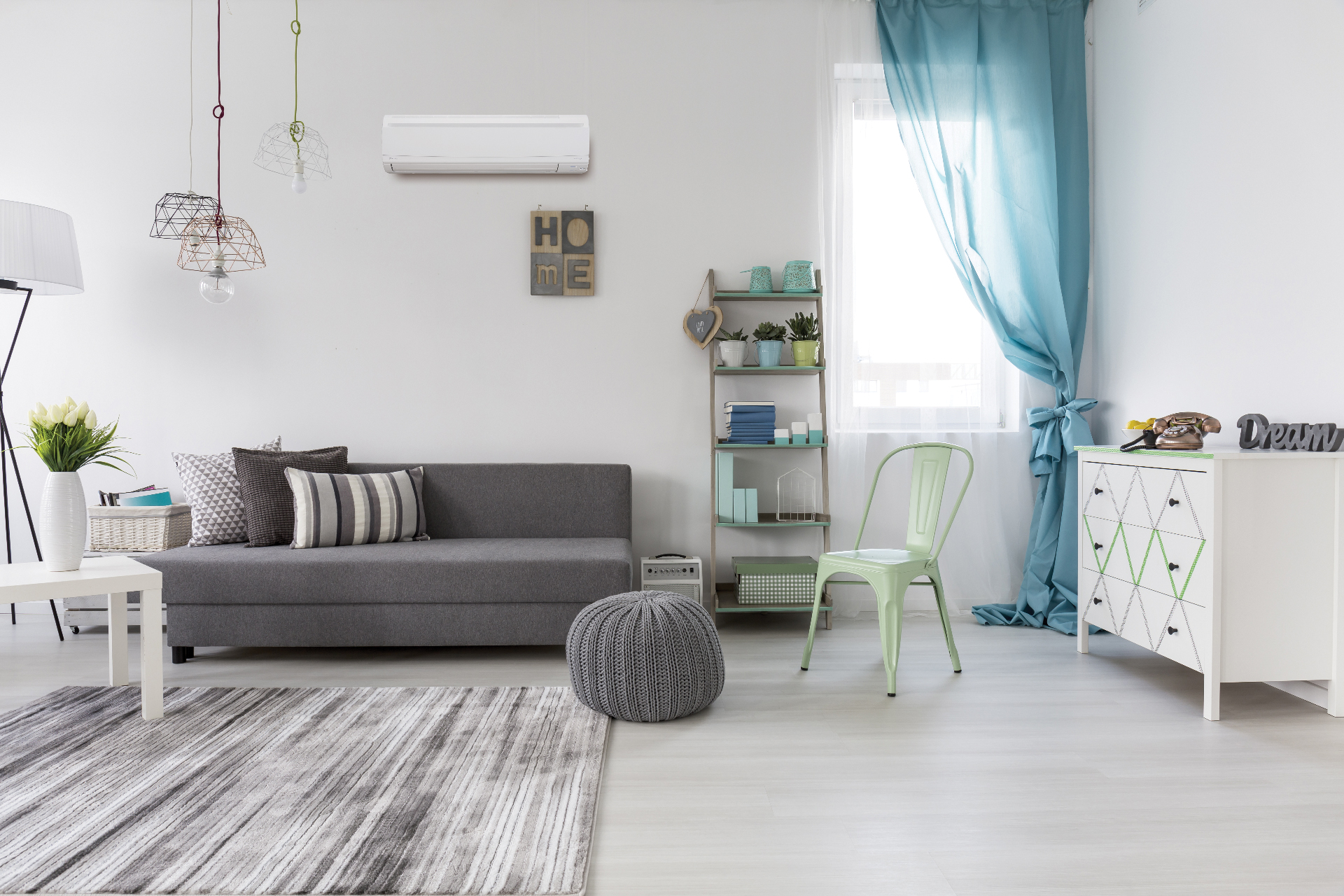Indoor air quality is crucial in safeguarding our health and well-being, given that most people spend most of their time indoors. Poor indoor air quality can lead to various health issues, including respiratory problems, allergies, and other adverse effects on the cardiovascular system.
Common indoor pollutants such as particulate matter, volatile organic compounds, and mold (just to name a few) can contribute to these health concerns. Maintaining good indoor air quality is vital for physical health, cognitive function, and overall productivity. Recognizing the impact of indoor air pollutants’ impact on health can help you create a more ideal environment inside your home.
So, what are the most common indoor air quality pollutants? Our comprehensive list (see below) will tell you everything you need to know about these pesky pollutants.
#1 Particulate Matter
Particulate matter refers to tiny, inhalable particles suspended in the air, which come in a variety of sizes, from fine dust to microscopic particles. These particles can originate from various sources, including vehicle emissions, industrial activities, and natural sources like wildfires and dust storms.
The health implications of exposure to particulate matter are significant, as these tiny particles can penetrate deep into the respiratory system, causing or exacerbating respiratory and cardiovascular conditions.
Short-term exposure may lead to irritation of the eyes and throat, while long-term exposure has been linked to more serious health issues, such as asthma, lung cancer, and cardiovascular diseases. To reduce particulate matter exposure, proper ventilation, reducing indoor pollution sources, and using air purifiers are needed to enhance indoor air quality.
#2 Volatile Organic Compounds (VOCs)
Volatile Organic Compounds (VOCs) are a diverse group of organic chemicals that can evaporate into the air at room temperature. Common sources of VOCs include household products such as paints, cleaning agents, furniture, and building materials.
While many VOCs are harmless, some can contribute to indoor air pollution and have adverse health effects. Prolonged exposure to high levels of VOCs has been associated with respiratory irritation, headaches, and, in some cases, more serious conditions such as liver and kidney damage.
To reduce VOC exposure, it is advisable to choose low-VOC or VOC-free products, ensure proper ventilation in indoor spaces, and use air purifiers equipped with VOC filters. Regular monitoring and awareness of potential sources can contribute to maintaining a healthier indoor environment.
#3 Carbon Monoxide (CO)
Carbon Monoxide (CO) is a colorless, odorless gas produced by the incomplete combustion of carbon-containing fuels such as gas, oil, and wood.
Inhalation of carbon monoxide can lead to serious health consequences, as it competes with oxygen for binding to hemoglobin in the blood, reducing the body’s ability to transport oxygen to vital organs.
Symptoms of CO poisoning include headaches, dizziness, nausea, and confusion, and prolonged exposure can be fatal.
To prevent CO poisoning, it is crucial to have functioning carbon monoxide detectors in living spaces, ensure proper ventilation in areas with fuel-burning appliances, and schedule regular maintenance for heating systems to minimize the risk of leaks.
#4 Radon
Radon is a colorless, odorless, and tasteless radioactive gas that naturally occurs from the decay of uranium in soil and rock. It can seep into homes through the ground, accumulating in enclosed spaces and posing a potential health risk.
Long-term exposure to elevated radon levels is associated with an increased risk of lung cancer, particularly in those who smoke. Radon is the second leading cause of lung cancer after smoking, making it a significant concern for indoor air quality.
Testing for radon levels in homes is essential, and mitigation measures, such as improving ventilation or installing radon mitigation systems, should be implemented if elevated levels are detected to ensure a healthier living environment.
#5 Formaldehyde
Formaldehyde is a colorless gas with a strong, pungent odor commonly used in the manufacturing of various household products, including pressed wood, adhesives, and textiles. It can be released into indoor air from these materials and pose health risks to humans.
Short-term exposure to formaldehyde may cause eye, nose, and throat irritation, while long-term exposure has been linked to respiratory issues and an increased risk of certain cancers. Homes with new furniture, carpets, or building materials may experience elevated formaldehyde levels.
To minimize exposure, it is advisable to choose low-formaldehyde or formaldehyde-free products, ensure proper ventilation, and allow new items to off-gas in well-ventilated areas before bringing them indoors. Regular indoor air quality assessments can also help identify and address potential formaldehyde sources.
#6 Mold and Mildew
Mold and mildew are types of fungi that thrive in damp and humid environments, commonly found in homes, especially in areas with poor ventilation or water damage. These microorganisms release tiny spores into the air, which, when inhaled, can trigger respiratory issues and allergies.
Prolonged mold exposure may contribute to more severe health problems, particularly in individuals with compromised immune systems. Preventing mold growth involves addressing water leaks promptly, maintaining proper ventilation, and reducing humidity levels.
Regular cleaning and mold remediation efforts in areas prone to moisture buildup, such as bathrooms and basements, are essential for maintaining a healthy indoor environment and preventing the negative health effects associated with mold and mildew exposure.
Call Pinnacle Group to Enhance Your Indoor Air Quality
When you can recognize the most common indoor air pollutants in your home, you can get the help of a professional team like Pinnacle Group to get to the source of the problems you may have. We offer in-depth indoor air quality services to improve your home’s comfort and, over time, your family’s respiratory health. Clean indoor air quality is important for any home, but if you or another household member suffers from any health conditions, removing or reducing these pollutants is essential!
Call Pinnacle Group today when you’re ready to take your home’s indoor air quality to the next level!


